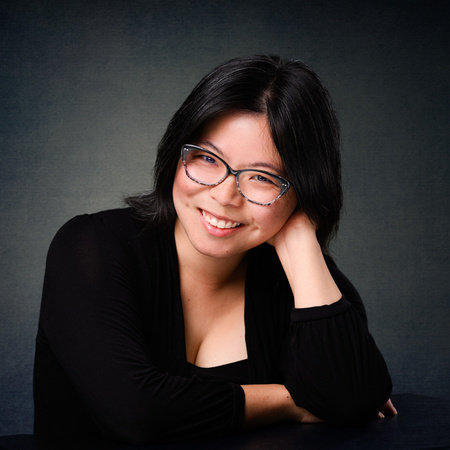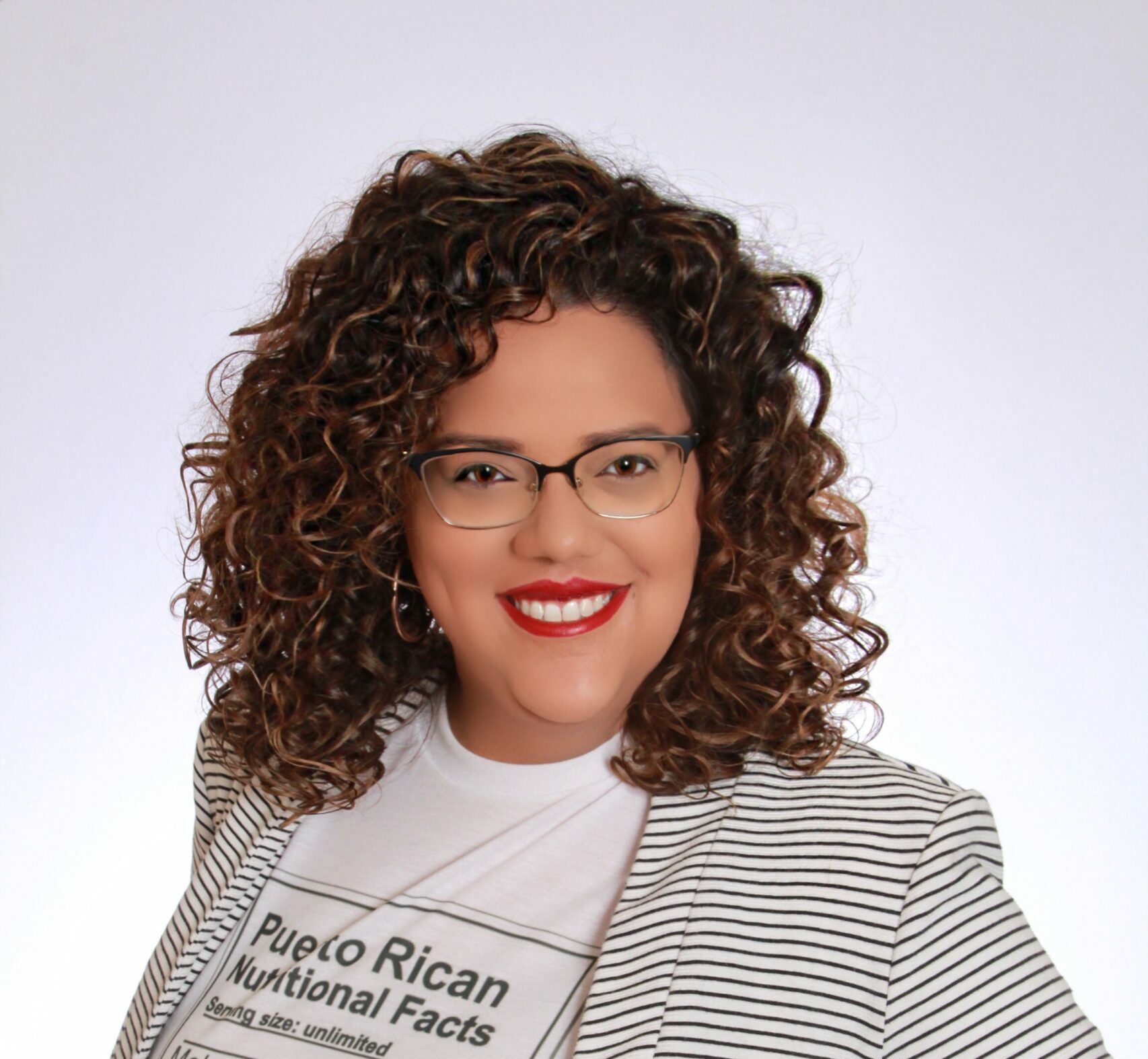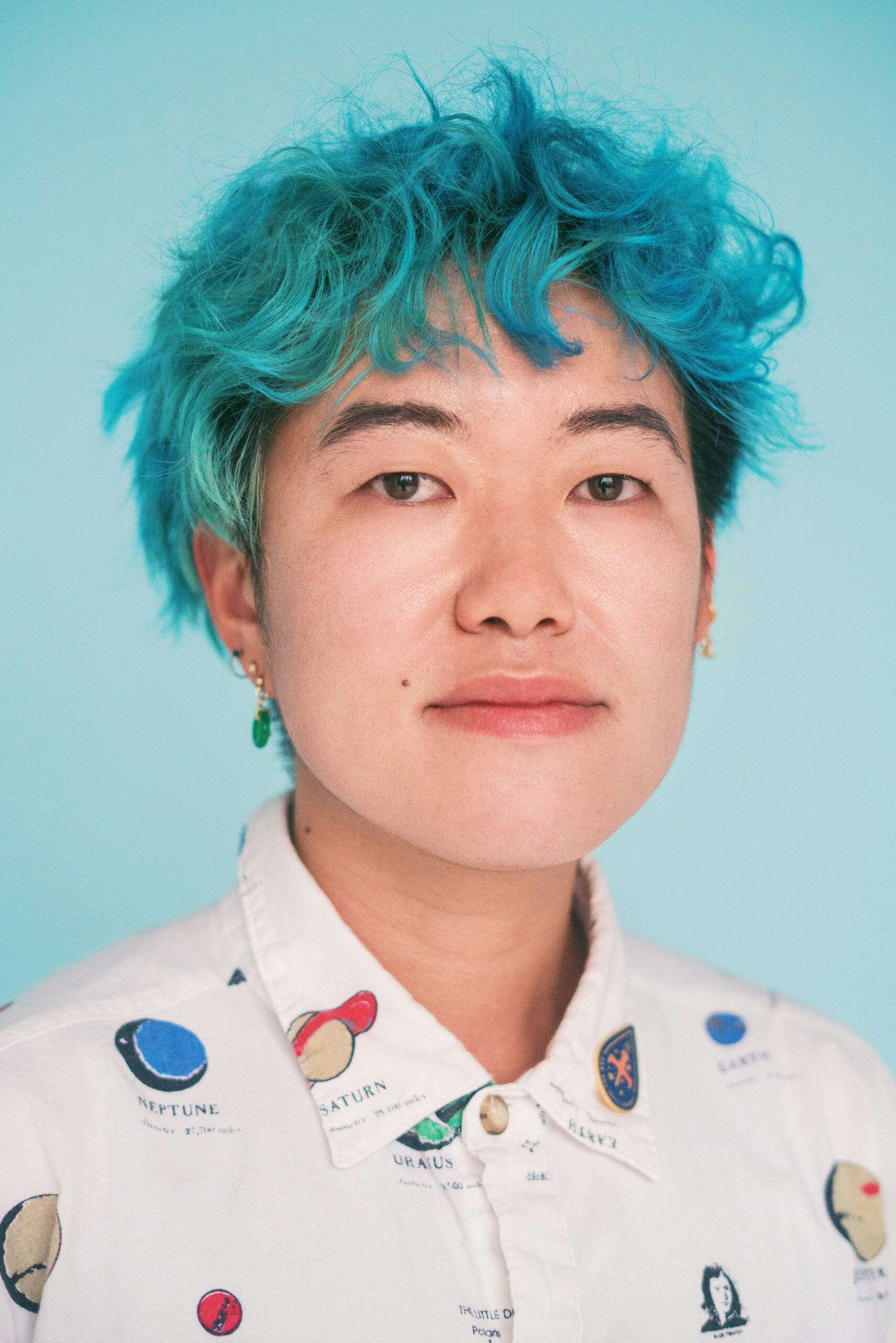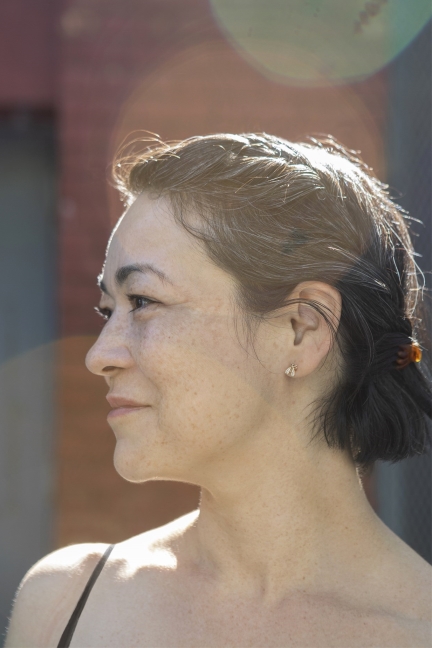
by Michele Kirichanskaya | May 21, 2025 | Blog
Emily Yu-Xuan Qin has a Master of Arts from the University of Calgary. She is a first-generation immigrant to Canada. As a child, she was sluggish in learning English—until she picked up her first Animorphs book. She can be found online at @EyxQin on X. I had the...

by Michele Kirichanskaya | Oct 9, 2023 | Blog
Natalie Caña writes contemporary romances that allow her to incorporate her witty sense of humor and her love for her culture (Puertominican whoop whoop!) for heroines and heroes like her. A PROPOSAL THEY CAN’T REFUSE is her debut novel. I had the opportunity to...

by Michele Kirichanskaya | Jun 3, 2023 | Blog
Kika Hatzopoulou writes stories for all ages, filled with lore and whimsy. She holds an MFA for writing for children from the New School and works in foreign publishing. She currently splits her time between London and her native Greece, where she enjoys urban quests...

by Michele Kirichanskaya | May 17, 2023 | Blog
Lio Min writes about music, magic, and sadness at the nexus of queer youth culture and metamorphic Asia America. Their culture reporting and fiction have appeared in The FADER, the Asian American Writers’ Workshop, Nylon, and many other outlets. They...

by Michele Kirichanskaya | Apr 29, 2023 | Blog
Sabina Hahn is a Brooklyn based illustrator, animator, and sculptor who loves stories and tall tales. Sabina has been drawing from before she was born; she is a master of capturing subtle fleeting expressions and the most elusive of gestures. She is a co-founder of...






